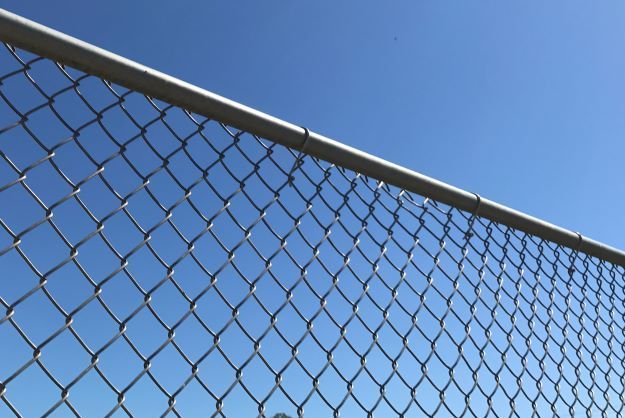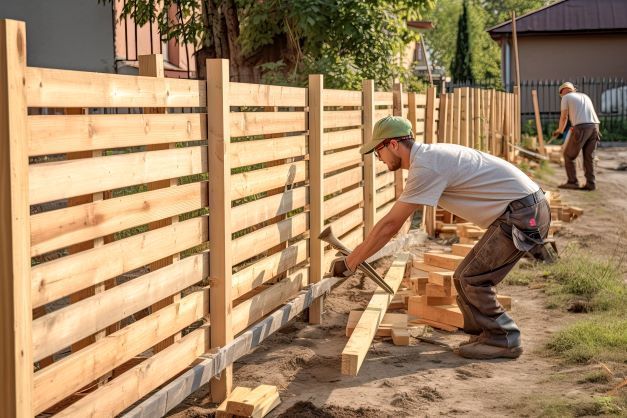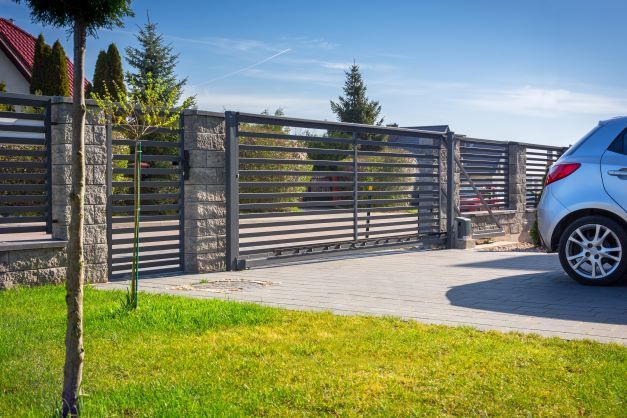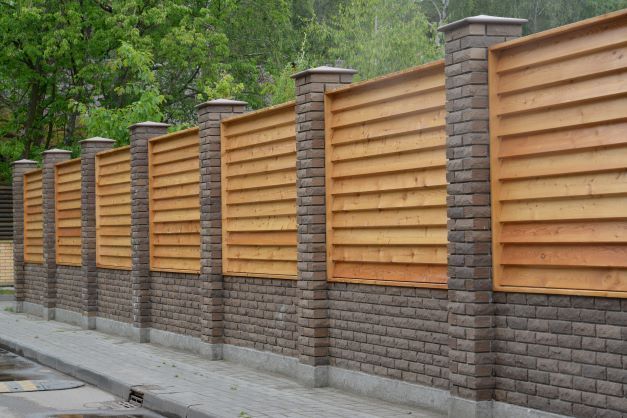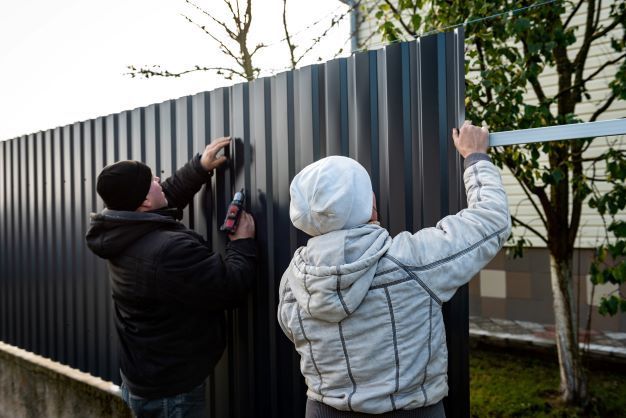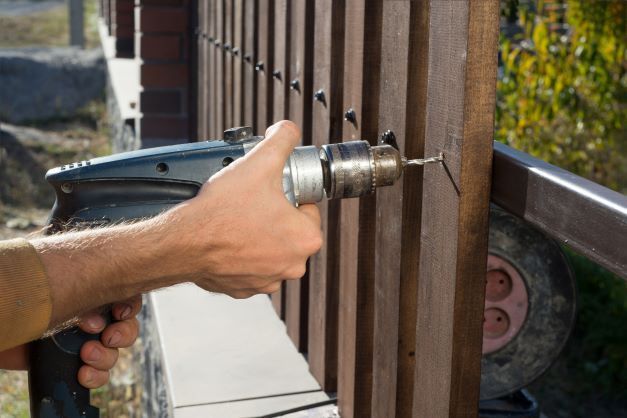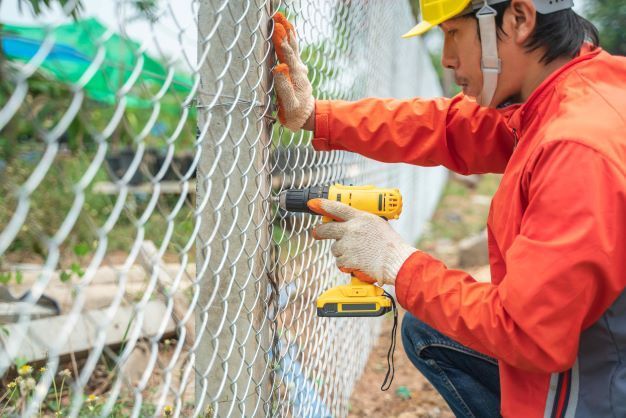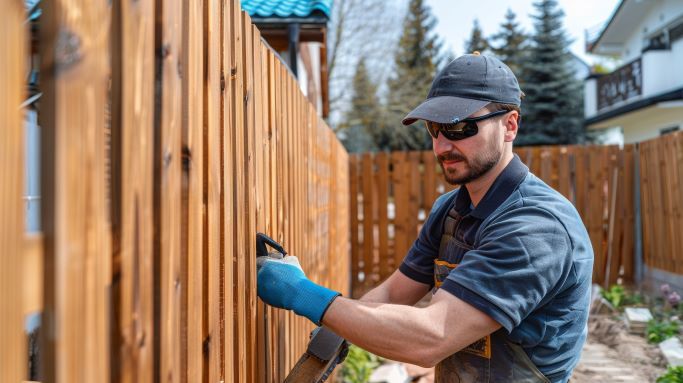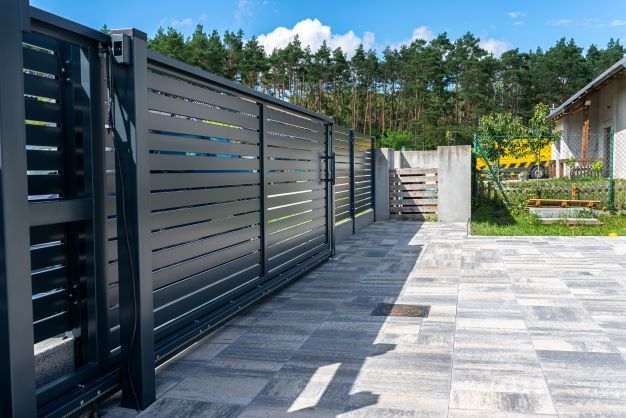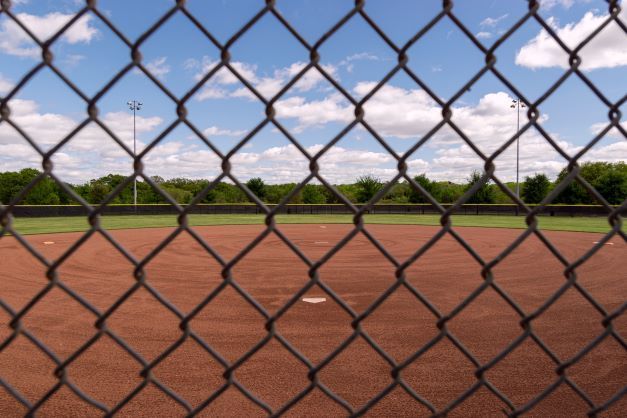The Importance of Pool Fencing and Swimming Pool
The Importance of Pool Fencing and Swimming Pool
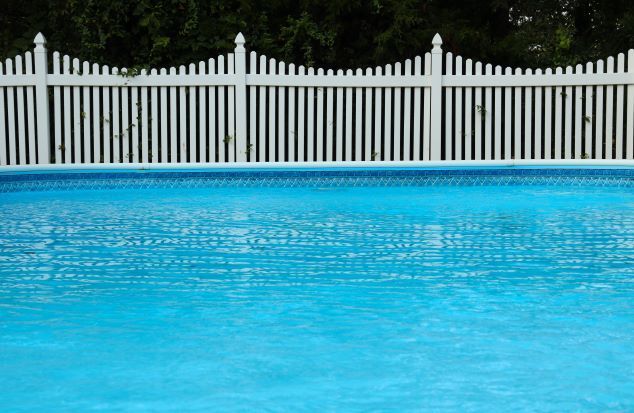
A good pool fencing is an important kind of enclosure placed around a pool, to make an invisible barrier to prevent the access of children, up to 5 years old, from the pool. Swimming pools fences must have a secure and self-locking gate or s to be able to comply with many jurisdictions’ regulations and laws. There are many types of fences, the most common being chain link, wood, vinyl, mesh netting.
Chain link fences are best suited for pools that have a solid backdrop to prevent slips and falls while kids are playing on the pool deck. The pool can also be built higher than the standard chain link fence. Wood fences are also a popular option. If you would like to build your pool in a wood shed, you can buy pre-built fence posts and wooden posts from lumber yards.
Vinyl fencing is a relatively newer style of pool fencing that offers a more aesthetically pleasing and cost effective barrier. It comes in various colors and materials and you can easily customize it to fit your pool layout. It is often cheaper to use vinyl as compared to other types of fencing.
Mesh netting is a new form of pool fencing that is usually made of PVC coated plastic. This fencing has a mesh top that is covered with vinyl that is attached to a strong steel frame. You can choose to paint or stain the plastic mesh fencing to match the decor of your swimming pool or deck. Mesh netting comes in different colors and sizes, which make it a great choice for pools that have children playing together.
Mesh netting is the least expensive but the strongest and least resistant to pests, and water. A mesh netting fencing must be placed around your pool after you have finished building the pool deck and liner. You must always keep the mesh close enough so that children can not get inside the pool. The mesh will also act as a natural filter and protect the pool water against dirt, debris, rust, chemicals and algae. These contaminants are present if the pool water is not maintained properly.
Mesh netting can also be used as a form of pool fencing in which you can enclose small outdoor pools or patios, by leaving some of the wall exposed. This is a more affordable choice than the above ground pool fencing. and will add value to your property.
Mesh can be a bit slippery when wet, so it may be a good idea to add a step or handrail on the side of the pool to prevent accidents. Vinyl fencing is less slippery and will not cause a slip hazard. Vinyl fence will not have a step or handrail.
When using mesh netting as pool fencing, it is always a good idea to put in a drain hole under the mesh to prevent waste products from accumulating on the floor. This waste material is not only unsightly but can cause mold and mildew. The mesh will not allow children to slip or fall into the drain hole. Mesh can also be used as a decorative feature and you can purchase a custom mesh fence that includes designs to enhance the appearance of the pool.
Mesh can be installed using galvanized nails or stainless steel screws. If the mesh is galvanized, it should be replaced each few years to ensure that it does not rust. If your pool has a metal liner, it is a good idea to replace the lining periodically because metal tends to corrode over time. The mesh should be cleaned before each use and when possible, you should allow it to air dry thoroughly before placing in the sun to prevent fading or rusting.
Mesh fencing that is not galvanized may need a paint job at some point because the paint can be damaged by the galvanized finish. You should follow the manufacturer’s guidelines and paint the mesh after every painting project to insure that it is in good condition. Most manufacturers recommend painting pool fencing using paints that are water-based or oil-based. This helps to protect the metal from rust.
Pool fencing is easy to install and it makes the pool a safer and more enjoyable place for all who enjoy the water. The mesh is a simple and inexpensive way to protect your investment. Adding a pool fence to your home will increase the value of your home and add beauty to your landscape.
